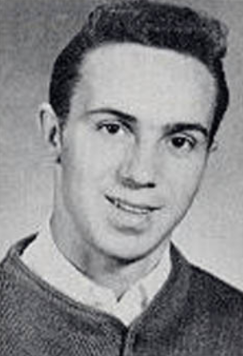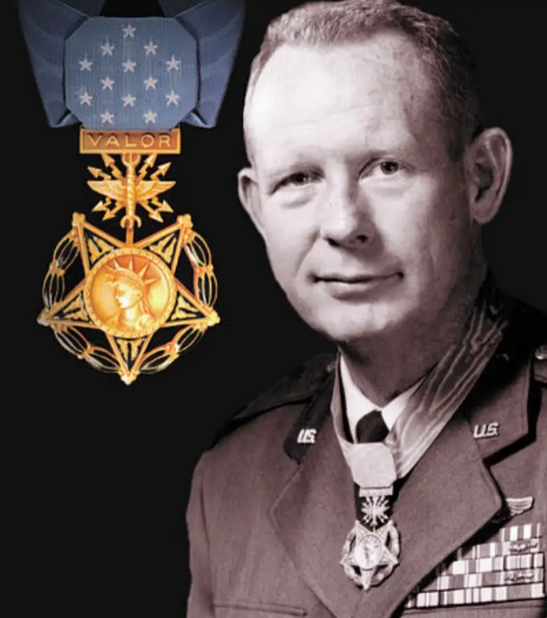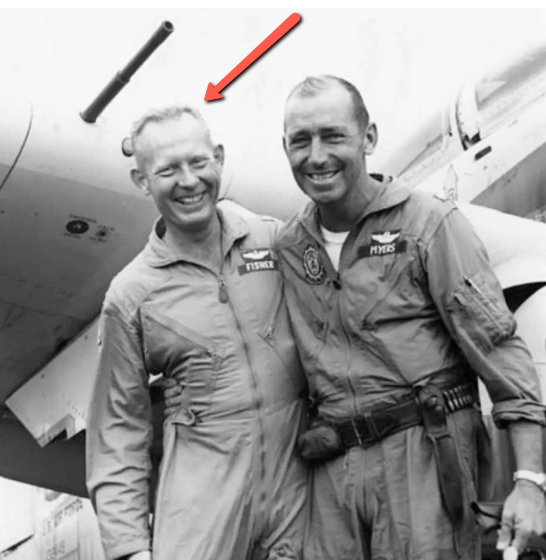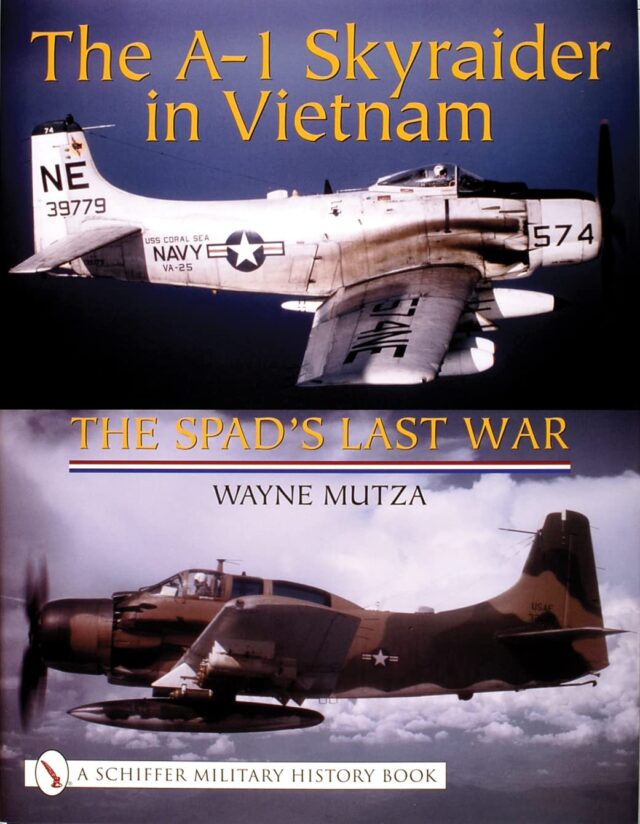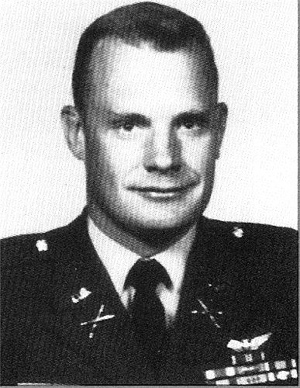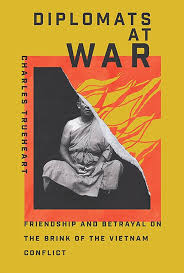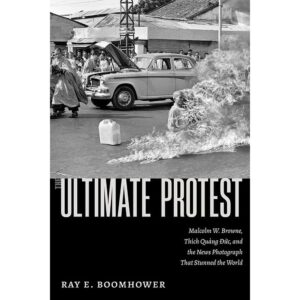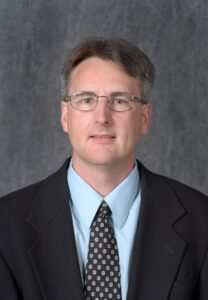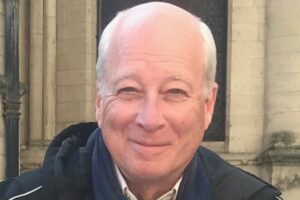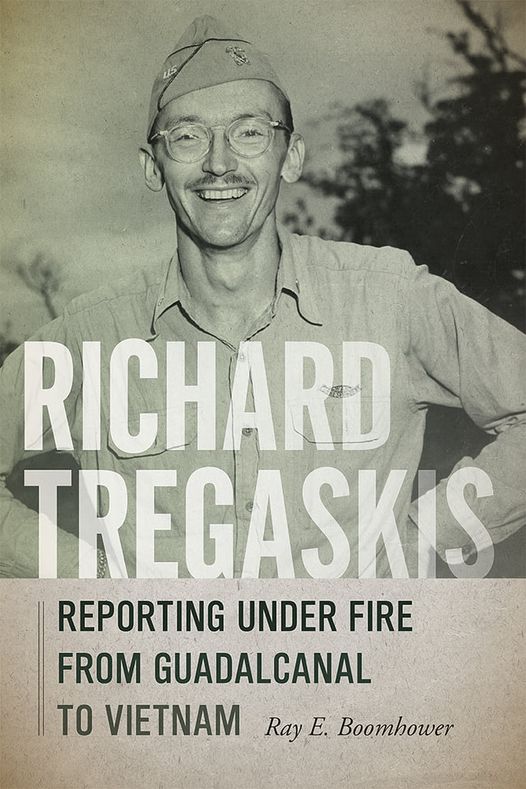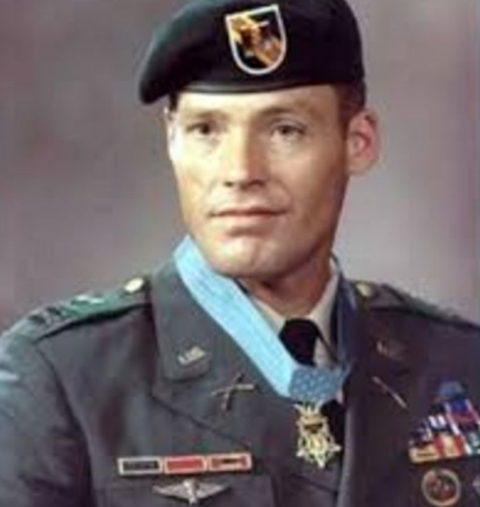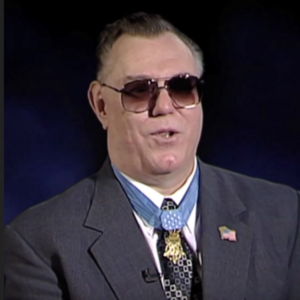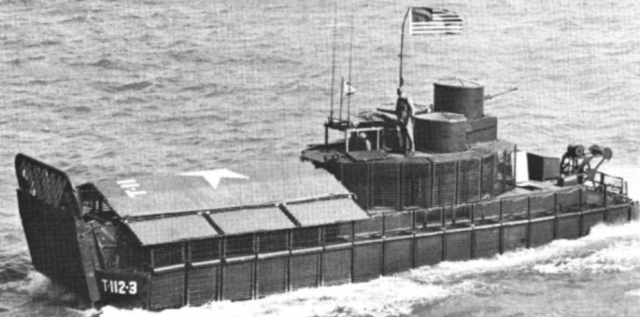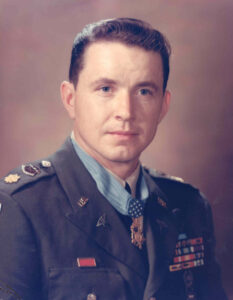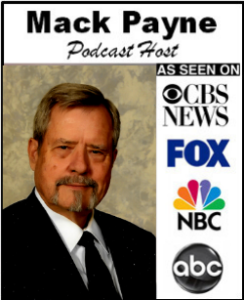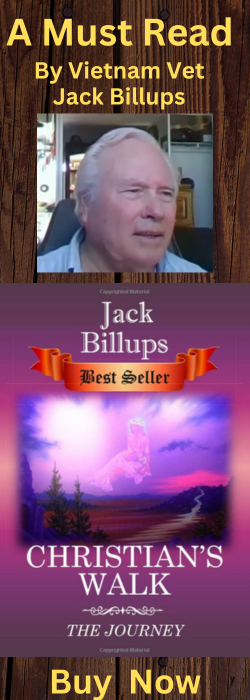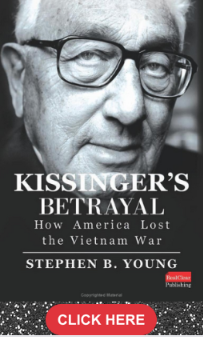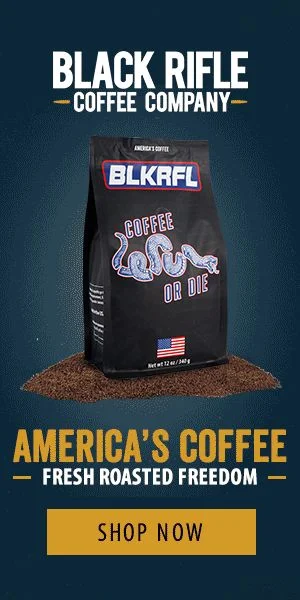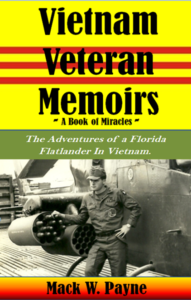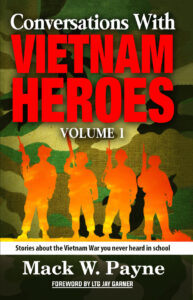Podcast: Play in new window | Download
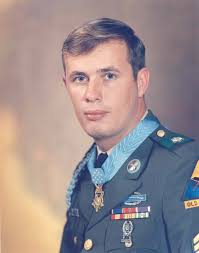
Medal of Honor recipient Army 1SG Nicky Daniel Bacon
Episode 2807 of the Vietnam Veteran News Podcast will feature a story about Army 1SG Nicky Daniel Bacon and his Congressional Medal of Honor award. The featured story appeared on the Wikipedia website and was titled: Nicky Bacon. The story was submitted by an anonymous writer to Wikipedia.
Bacon was born in Caraway, Arkansas, on November 25, 1945, one of nine children. His parents, Johno and “Jean” (Meadows) Bacon, were sharecroppers on a cotton farm. In 1951, a poor farming economy prompted the family to move to Glendale, Arizona, where Johno Bacon’s parents lived. Nicky Bacon grew up driving tractors and picking cotton on the ranch where his father worked. He dropped out of Peoria High School to work full-time to support the family when his father contracted polio, although he later earned a GED.
For his actions in a battle near Tam Ky, Bacon received the Medal of Honor. The medal was formally presented to him by President Richard Nixon during a 1969 White House ceremony. For his service in Vietnam and throughout his career, he also received the Distinguished Service Cross, the Legion of Merit, two Bronze Stars, two Purple Heart medals (one awarded later in 2008 due to an administrative oversight) and numerous other awards and decorations. “Did I enjoy combat? Yeah. I enjoyed the game,” Bacon said in the “Beyond Glory” interview. “I was good at it.”
After his military retirement, Bacon returned with his wife to Arizona and worked for the Department of Veterans Affairs at their Phoenix regional office. While there, he was the co-originator with Larry Mullins of the Med-Vet Healthcare Program in Phoenix and participated in John McCain’s 1986 political campaign in which McCain was first elected to the U.S. Senate. Bacon later served as town manager for the Phoenix suburb of Surprise from 1987 to 1990.
Listen to episode 2807 and discover more about Army 1SG Nicky Daniel Bacon and his Congressional Medal of Honor award.


